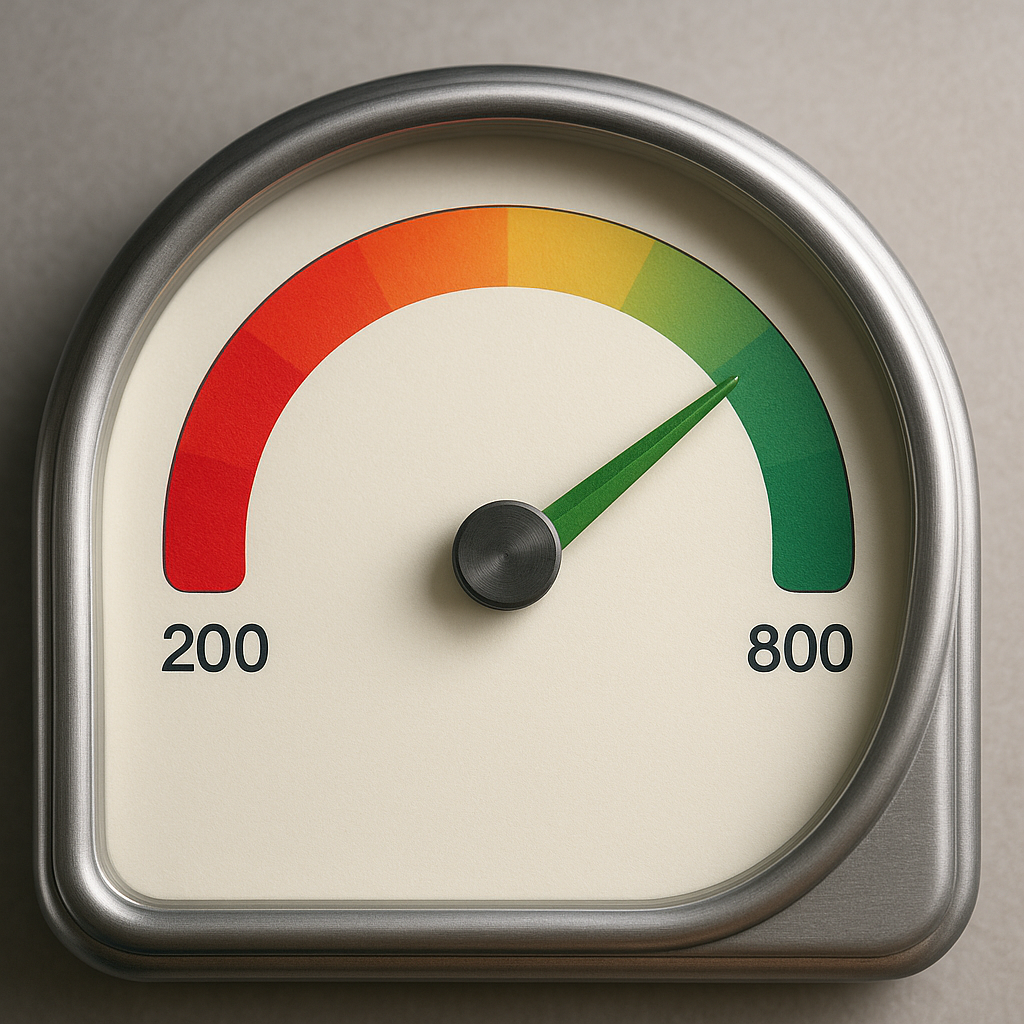ABEM Pass Rates Explained: What the Numbers Really Mean
What Are the ABEM Pass Rates — and How Hard Is the Exam?
You’re just about to complete your residency. You’re looking your last big hurdle in the eyes – passing the ABEM boards. In addition to wondering about logistics and preparation, you’re likely to have these three questions:
- What were the 2024 ABEM board exam pass rates?
- How tough is the ABEM exam, really?
- And, the biggest question of all, what happens if you don’t pass?
👉 Quick takeaway: First-time candidates do significantly better. If you fail once, your odds of passing drop considerably.
How Hard Is the ABEM Exam?
The ABEM exam is intentionally challenging. Several factors make it demanding:
- Breadth of blueprint coverage — from cardiovascular and trauma to pediatrics, geriatrics, and toxicology.
- Length of the test — over 6 hours of active testing, spread across two long sessions.
- Image-heavy questions — ECGs, radiographs, CT scans, ultrasound.
- Endurance and pacing — cognitive fatigue is a major cause of errors.
The ABEM exam is hard because it combines broad specialty coverage with long testing hours and high proportions of image-based questions, requiring both medical knowledge and test-day stamina.

👉 ABEM Board Exam Guide 2025 - Prep, Format, and Pass Strategies
What Is the ABEM Failure Rate?
An 18% failure rate among first-time takers in 2024. Among repeat candidates, failure climbs closer to 25–40%.
For physicians without U.S. EM residency training, pass rates historically hover around 50–60%, underscoring the importance of ACGME-accredited preparation.

Why Do Candidates Fail?
Patterns among unsuccessful candidates reveal common traps:
- Over-investing in edge cases while neglecting high-yield more common presentations.
- Struggling with ECG and imaging interpretation.
- Fatigue and loss of focus during the second exam block.
- Ignoring the ABEM blueprint weighting, resulting in misaligned study.
👉 Image-Based Questions on the ABEM Board Exam: What Every EM Resident Needs to Know
Most failures stem from poor blueprint alignment, weak image interpretation, and test-day fatigue rather than lack of raw medical knowledge.
How to Improve Your Chances of Passing ABEM
Evidence-based strategies consistently separate those who pass from those who don’t:
1. Align with the 2022 EM Model — allocate study hours to match ABEM’s weighted blueprint.

2. Use a high-quality QBank — Med-Challenger is mapped to the ABEM blueprint, integrates pictorial questions, and simulates exam pacing.
3. Practice full-length exams — train your stamina with 6+ hour mocks.
4. Dedicate time to imaging — weekly ECG, radiology, and ultrasound drills.
5. Leverage your ITE report — focus on the bottom three domains.
6. Know which procedures and skills are most widely covered on the exam.

👉 ABEM Study Strategies: 7 Core Approaches That Work
FAQs About ABEM Pass Rates
What score do I need to pass the ABEM exam?
A scaled score of 77/100 is required.
How many times can I retake the ABEM exam?
You may retake during the next available window, but each attempt requires a new application and fee.
Do ITE scores predict board outcomes?
Yes. Low ITE scores are a strong risk factor for failure; high scores provide reassurance but no guarantees.
What happens to the Oral Exam after 2025?
The Oral Exam is being replaced by a new in-person Certifying Exam in 2026.
👉 ABEM Board Exam Update 2026: From Oral Exam to OSCE-Based Certifying Exam
Final Takeaway
Most residents do pass ABEM on their first attempt. But success is not automatic. Aligning with the blueprint, training with a top-tier QBank, and practicing like it’s exam day can shift you firmly into the passing group.
👉 What is the Best Emergency Medicine Question Bank?
How can you prepare for the ABEM Exams? Med-Challenger Emergency Medicine Board Prep








